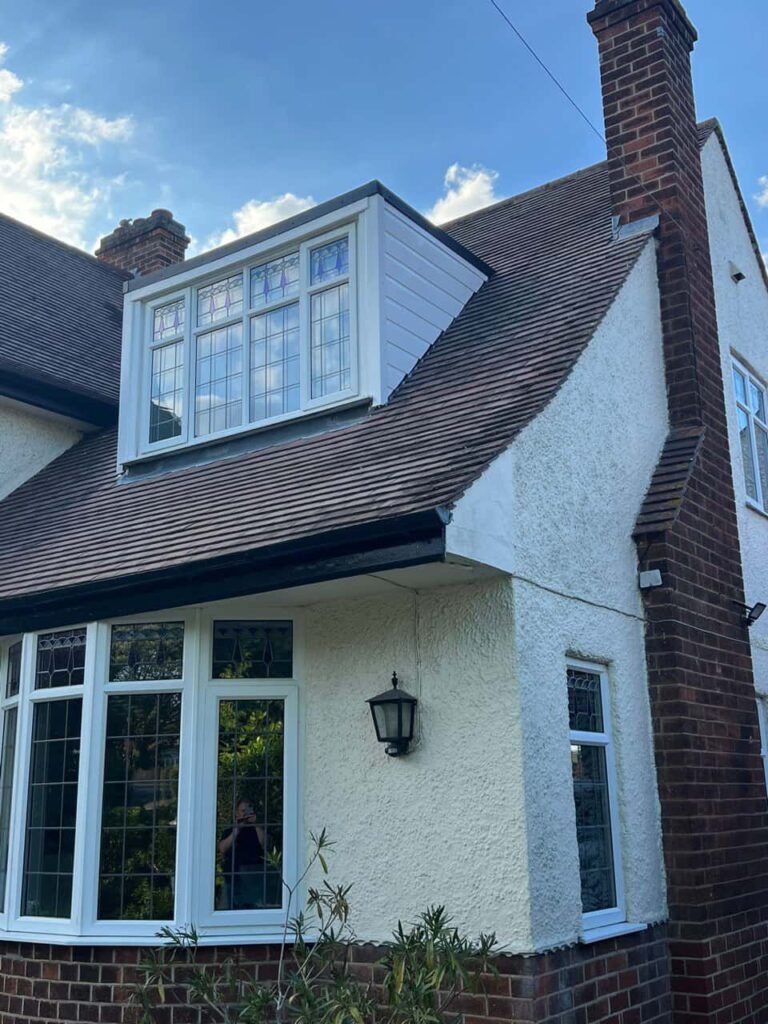Introduction: As the leading experts in roofing repairs in Haywards Heath, we understand the challenges that winter weather can pose to your roof’s integrity. Roof leaks during the colder months can lead to significant damage if not addressed promptly. Here’s a comprehensive guide on handling roof leaks during winter to protect your home and maintain your roof’s health.
1. Immediate Action Steps
Upon discovering a roof leak during winter, taking immediate action is crucial:
- Contain the Water: Place buckets or containers under the leak to collect dripping water and prevent it from spreading to other areas of your home.
- Protect Belongings: Move furniture, electronics, and other valuables away from the leak to prevent water damage.
- Inspect the Attic or Ceiling: If it is safe, check your attic or ceiling for signs of where the leak originated.
2. Clear Snow and Ice Buildup
Snow and ice accumulation on your roof can exacerbate leaks and damage:
- Use Caution: To prevent injury and damage to roofing materials, safely remove snow using a roof rake or hire professionals.
- Prevent Ice Dams: Install heat cables or ice melt products in gutters and along roof edges to minimise ice dam formation, which can cause water to back up under shingles and into your home.
3. Temporarily Seal the Leak
While waiting for professional repairs, consider temporary measures to minimise water ingress:
- Apply Roofing Cement: Use cement or silicone caulk to seal small cracks or gaps around roof penetrations, flashings, or shingles.
- Cover with Tarpaulin: Place a waterproof tarp over the affected area and secure it tightly to prevent further water intrusion until repairs can be made.
4. Schedule Professional Roof Inspection
Engage a qualified roofing contractor to conduct a thorough inspection and repair:
- Expert Assessment: A professional inspection will identify the leak’s source and assess your roof’s overall condition.
- Comprehensive Repairs: Trust experienced roofers to perform necessary repairs using durable materials and techniques suitable for winter conditions.
5. Address Insulation and Ventilation Issues
Ensure your attic is adequately insulated and ventilated to prevent condensation and ice dam formation:
- Insulation Check: Ensure sufficient insulation levels are installed to maintain consistent indoor temperatures and minimise heat loss.
- Ventilation Maintenance: Clear attic vents of debris and ensure airflow to reduce moisture buildup that can lead to leaks and structural damage.
6. Monitor Weather Forecasts
Stay informed about upcoming weather conditions to prepare your roof accordingly:
- Plan Ahead: Take preventive measures, such as clearing gutters and securing loose items, before forecasted storms or freezing temperatures.
- Emergency Preparedness: Provide contact information for roofing professionals that is readily available in case of severe weather or unexpected leaks.
Conclusion: Handling roof leaks during winter requires prompt action and proactive maintenance to safeguard your home’s comfort and structural integrity.
Call us on: 01444 718 199
Click here to find out more about Haywards Heath Roofing Repairs
Click here to complete our contact form and see how we can help you with your roofing needs.

